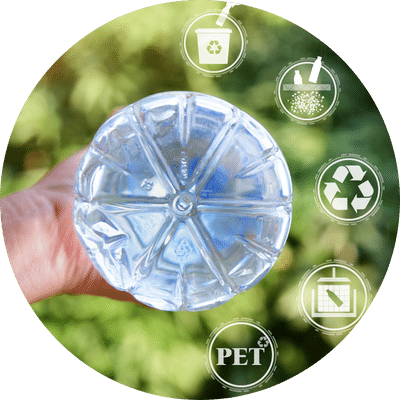CO₂ credits in simple language
For those unfamiliar with the terms emission rights and CO₂ credits, it’s good to provide a simplified example.
One CO₂ credit is equal to one ton of CO₂. So, a CO₂ credit is essentially a piece of paper stating that you have the right to emit one ton of CO₂.
Imagine you plant two trees; then, you have created one CO2 credit. Two trees absorb approximately one ton of CO₂. If you then go on holiday to Spain, you have offset your flight emissions.
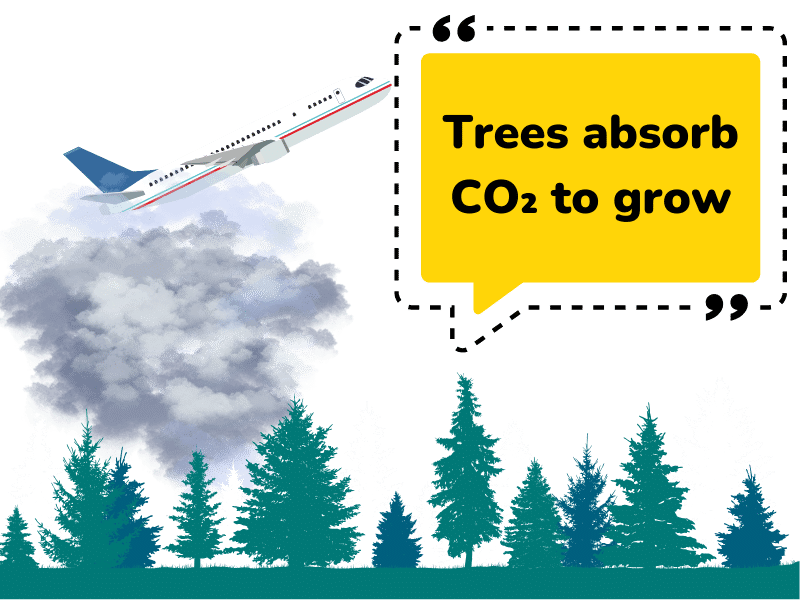
If you don’t have holiday plans yourself, but your neighbour wants to go to Spain, you can sell him your CO₂ credit, allowing your neighbour to travel to Spain in a climate-neutral way.
In reality, the terms CO₂ credit, CO₂ offset, and carbon credit all mean almost the same thing.
In practice, it’s not that simple; an official CO₂ credit must meet various standards and norms. If it doesn’t meet the standards, it’s not a CO₂ credit and cannot be traded.
Mandatory CO₂ Compensation
There are various emission trading systems worldwide. In addition to the Netherlands, 29 other European countries participate in the European Emission Trading System (EU ETS). This involves about 10,000 European companies jointly responsible for 45% of the CO2 emissions in the EU. Consequently, the EU ETS is the world’s largest emission trading system.
Approximately 400 Dutch companies participate in the EU ETS. This group is primarily responsible for over half of the Dutch emissions. To prevent industries from relocating their production abroad and thereby effectively emitting more CO2, they receive, in certain cases, a portion of their emission allowances for free.
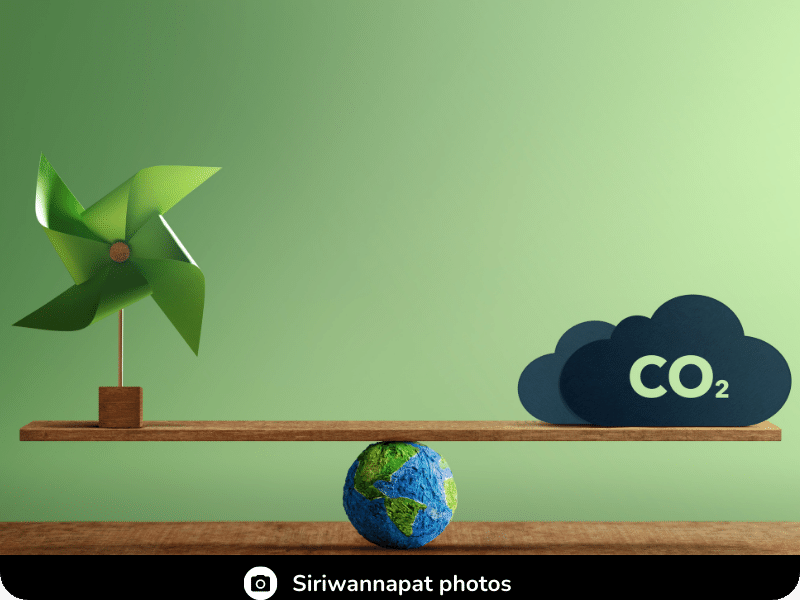
Voluntary CO₂ Compensation
Currently, mandatory CO₂ compensation applies only to the few largest emitters. This is expected to change rapidly, as the support for it is growing, as researched by TNO. We also observe this at kuwi.org, as we assist individuals and companies with voluntary CO₂ compensation.
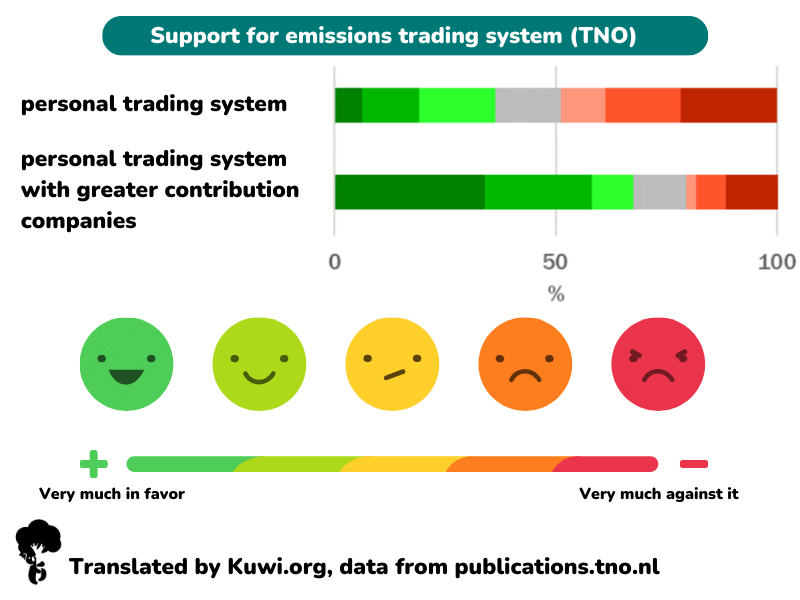
More and more companies and individuals are joining Kuwi.org to voluntarily reduce and offset their emissions. Together, we demonstrate that we don’t have to wait for legislation.
The voluntary CO₂ credits meet the same standards as mandatory credits. The only difference is that no one is obliged to voluntarily offset emissions.
The credits we offer comply with the highest standards set by Verra, and the Gold Standard.
Types of CO₂ Credits
The credits come from environmental projects worldwide that contribute to reducing greenhouse gas emissions. These projects generate carbon credits that can be used to offset the emissions of companies.
Carbon credits can be grouped into two major categories:
- Avoidance projects (These projects completely prevent the emission of greenhouse gases, thereby reducing the volume of emitted greenhouse gases in the atmosphere.)
- Removal projects (which directly remove greenhouse gases from the atmosphere).
Reforestation and Protection
The most well-known form is reforestation. By planting new forests, trees absorb CO₂. Another form is preventing natural loss; this means ensuring that a forest is not cut down, even if it was initially planned. This helps to preserve the CO₂ absorption by this forest that would have otherwise been lost.
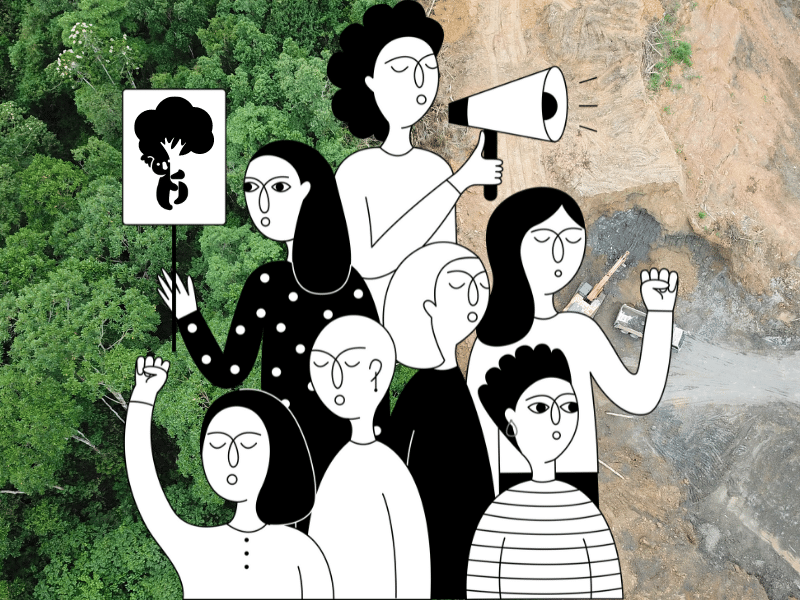
Renewable Energy
Investing in renewable energy can involve the construction or maintenance of primarily solar, wind, or hydropower plants worldwide. By investing in these projects, a company increases the amount of renewable energy on the grid, creates jobs, reduces dependence on fossil fuels, and supports the global growth of the sector.
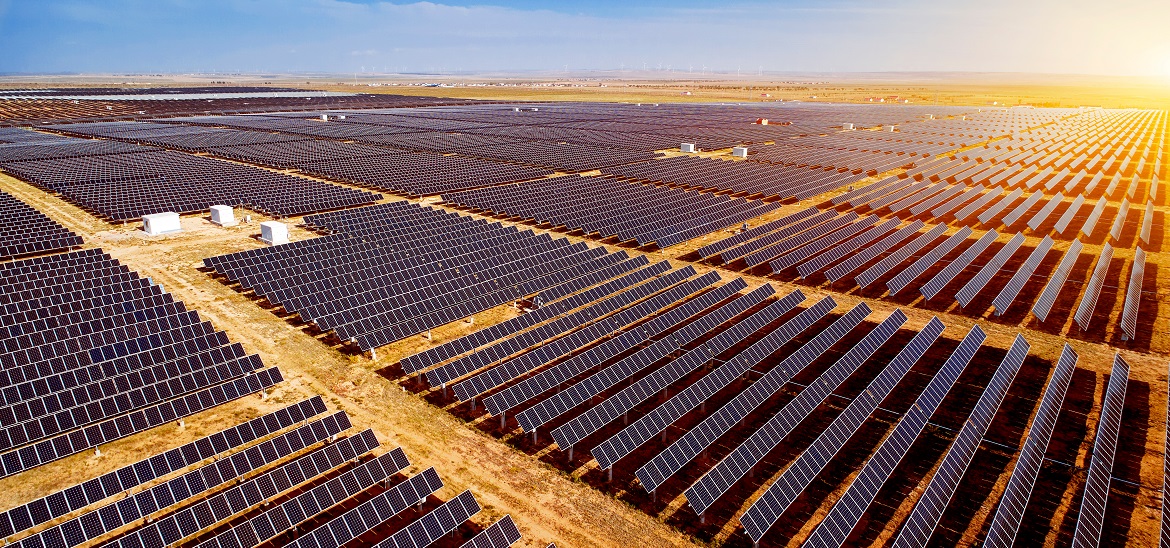
Community Projects
Community projects often help introduce energy-efficient methods in underdeveloped communities worldwide. In addition to creating CO₂ credits, these projects offer numerous benefits. Projects like these not only contribute to the overall sustainability of entire regions but also promote empowerment and independence. They play a role in lifting communities out of poverty. This means that projects that were once purely philanthropic can now also generate carbon credits.
For example, there’s the Women-led (WASH) project in Ethiopia. It provides clean water to communities by financing long-term maintenance of wells. This reduces CO₂ emissions as families no longer need to burn firewood for water boiling, leading to less wood consumption and the preservation of local forests. This, in turn, decreases indoor smoke pollution. Beyond the health and environmental benefits, the project is entirely managed by women, fostering greater independence among them.
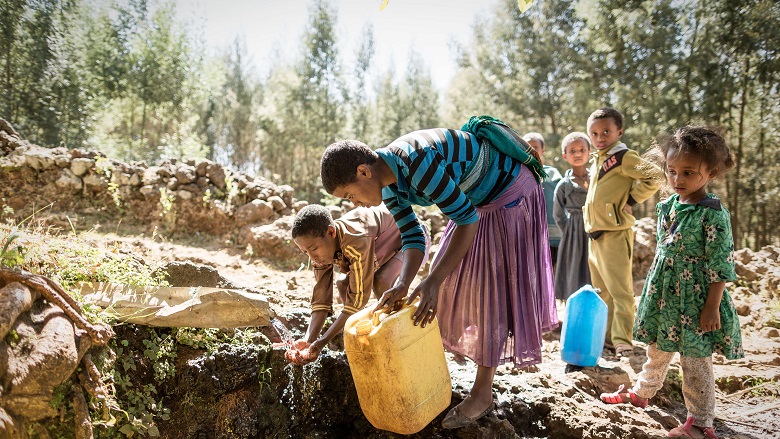
Technological Projects
Technology is rapidly advancing, with methods for generating energy from waste and new recycling techniques at the forefront. Additionally, carbon capture and storage systems are becoming more sophisticated, capturing CO₂ directly at the source and storing it underground. A relatively recent development is ‘direct air capture,’ where a kind of large vacuum cleaner captures CO₂. However, the latter is still expensive and consumes a considerable amount of energy.
















